The fragrant cup of coffee you enjoy every morning is not simply ground coffee beans that have been brewed. Behind it lies an elaborate process, from selecting raw materials, roasting and grinding to packaging, all requiring meticulousness and technique. So how is roasted and ground coffee made? Let’s explore this fascinating journey in this article.
Introduction to Coffee Plants
Coffee plants are suitable for basalt soil on volcanic plateaus and rocky terrain. The suitable conditions for this plant to grow well are areas with high light, temperature, and rainfall. However, each coffee variety has different requirements for natural conditions and climate.
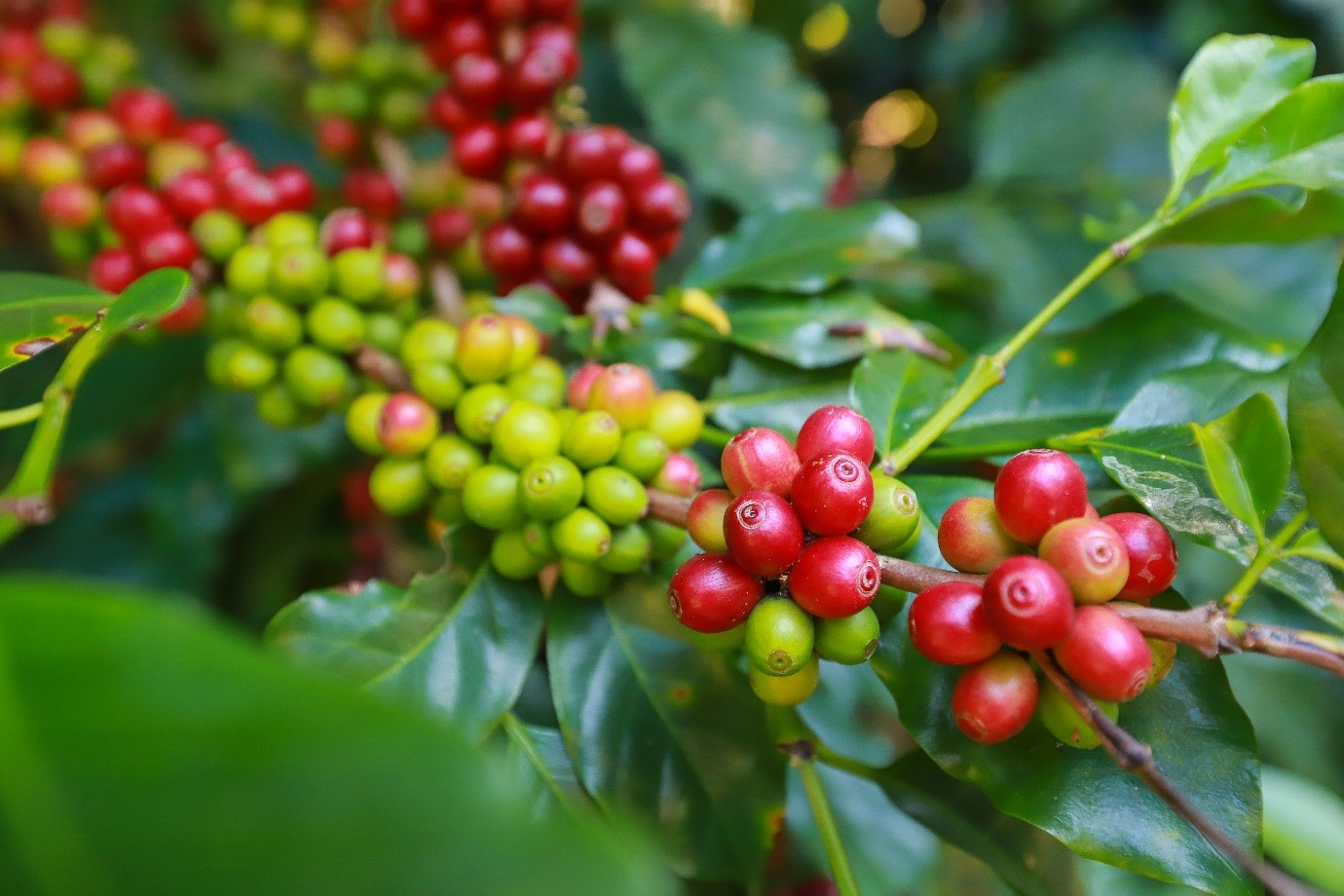
Coffee is a woody plant with an average height of 2m to 4m, the trunk has many nodes with long thin branches, oval-shaped leaves with dark green color, 4cm to 6cm wide.
Coffee flowers are white with 5 petals on each bloom and these flowers usually bloom in double or triple clusters. Coffee flowers have a faint fragrance like jasmine flowers. During the coffee flowering period, experienced farmers can predict the crop situation for that year.
Coffee fruits are green, oval-shaped, when ripe they turn yellow and finally red. Each coffee fruit usually contains two beans, surrounded by juicy pulp. In addition, coffee beans are also wrapped by two layers of hull: the silk skin close to the bean and the hard yellow parchment on the outside.
What is Roasted and Ground Coffee?
Roasted and ground coffee is made from green coffee beans that go through a roasting process at the right temperature to develop their characteristic flavor and color, and are then ground to different levels of fineness depending on the intended brewing method.
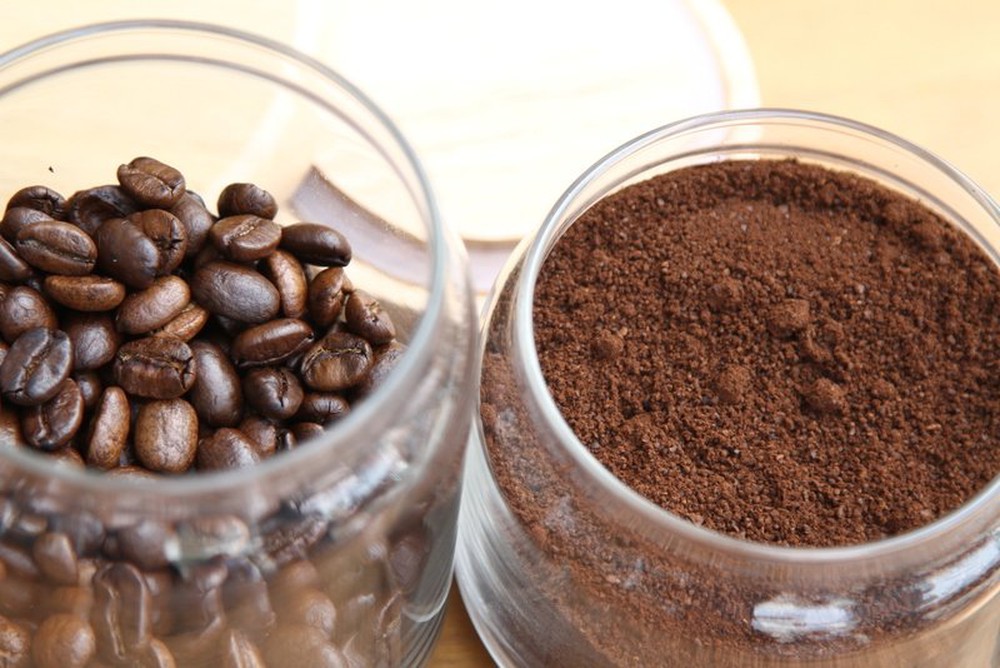
Unlike instant coffee, roasted and ground coffee preserves the natural aroma and unique essence of the beans. When brewed, it offers a rich flavor profile: from gentle bitterness and bright acidity to a smooth, lingering sweetness.
Depending on the roasting style (light, medium, or dark) and grind size (fine or coarse), roasted and ground coffee can be used for various brewing methods such as Vietnamese phin, pour-over, espresso, or French press. This makes it an ideal choice for those who appreciate authentic coffee and want to explore the diversity of its flavors.
Read more: What is Roasted and Ground Coffee?
Coffee Roasting and Grinding Production Process
To have the final coffee powder product reach consumers, famous coffee roasting and grinding brands today all follow a closed process from farm to factory with 6 stages as follows:
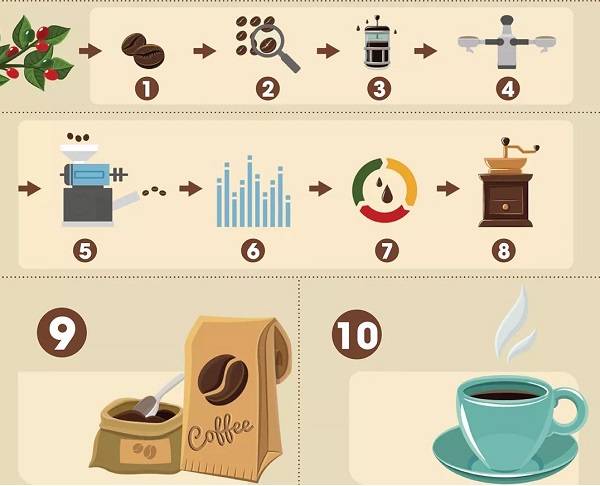
Stage 1: Coffee Harvesting
From 1 coffee seed, farmers will nurture and grow it into fresh green seedlings on large thin wooden boards in the garden. Through regular watering, shading from sunlight, the plants become healthy and are brought to the garden for official planting. After the coffee flowers and bears fruit, farmers will proceed to harvest according to proper standards.
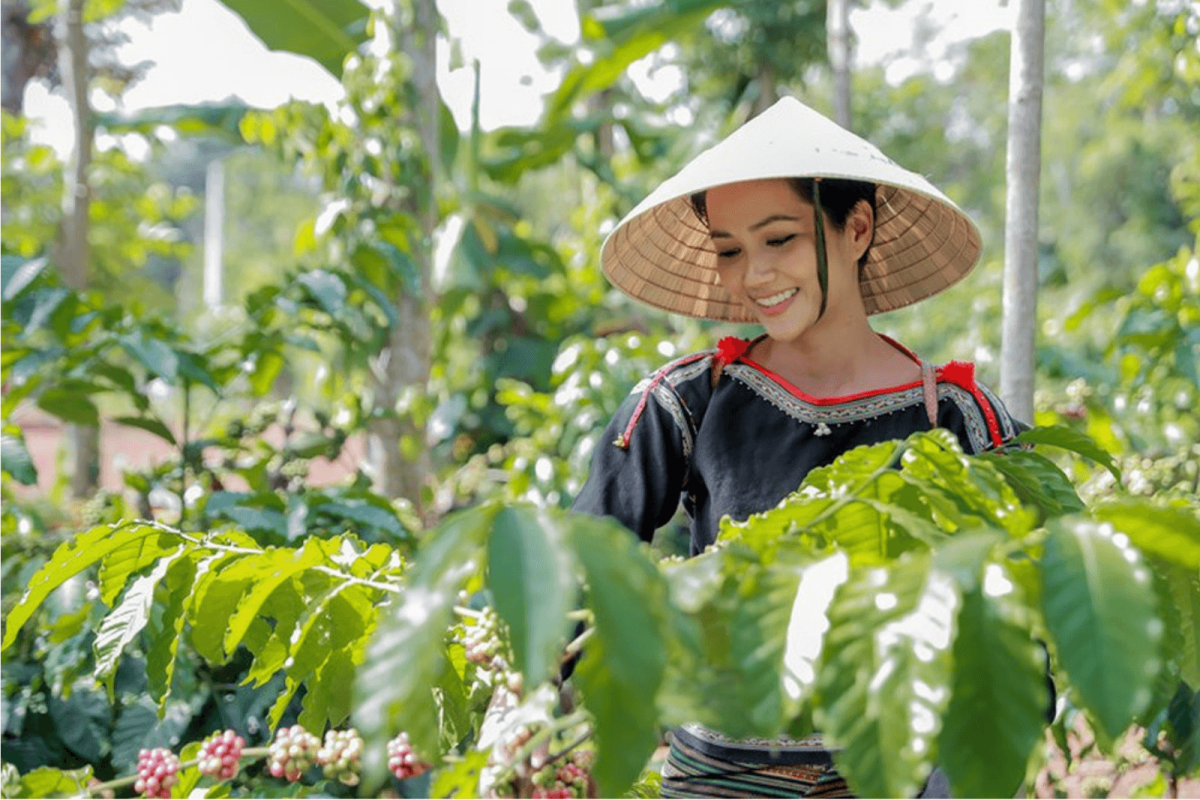
Coffee quality must meet technical and sensory standards as well as chemical quality standards. Only then, during processing, can coffee beans produce the most comprehensive and perfect products.
Harvesting can be done entirely by hand without machine assistance. Or, they can also be done with mechanical methods by stripping branches. If harvesting manually by hand, you can pick fully ripe fruits with more uniform fruit quality. However, machine harvesting helps reduce labor and requires less effort. However, machine-harvested fruits are often not uniform and will have beans that are not fully ripe.
Find more: Manual harvesting vs Machine harvesting coffee: Which is better?
Stage 2: Primary Processing and Cleaning
In this process, the coffee production process involves cleaning and removing impurities on coffee fruits. External agents such as: sand, gravel, shells, leaves, branches… are all processed as cleanly as possible. This stage is very important because they directly affect the quality of the product after completion. In addition, they also limit damage and rapid deterioration of processing equipment, especially when processing under adverse conditions with fruits containing many impurities.
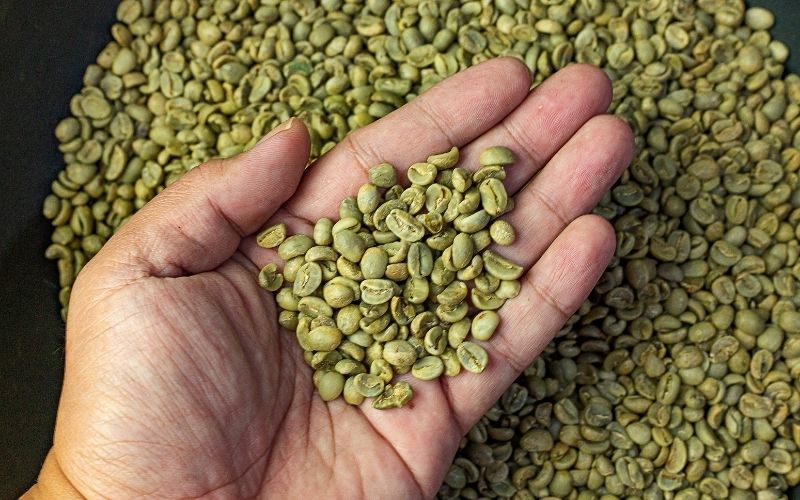
The process of primary processing and cleaning coffee fruits includes the following steps:
- Soaking coffee fruits in water so they soften and can completely separate the outer shell.
- Then, farmers will take the coffee to dry under sunlight for about 2 to 3 days. The appropriate temperature for coffee fruits to reach drying standards is about 300 degrees C. In this process, processors can use roasting tools to completely separate the outer layer of coffee beans.
- Finally, selecting beans to the correct size according to standard screen sizes of 14 or 16. This helps you get quality coffee products with the most uniform size possible.
Stage 3: Coffee Roasting
Coffee roasting is considered one of the decisive stages in the coffee production process. Because the roasting method can affect the flavor and quality of the final coffee product. Typically, one roasting batch will take a relatively long time from 1 to 16 minutes. At the same time, coffee roasters can choose 1 of 2 roasting methods: traditional roasting and modern machine roasting.
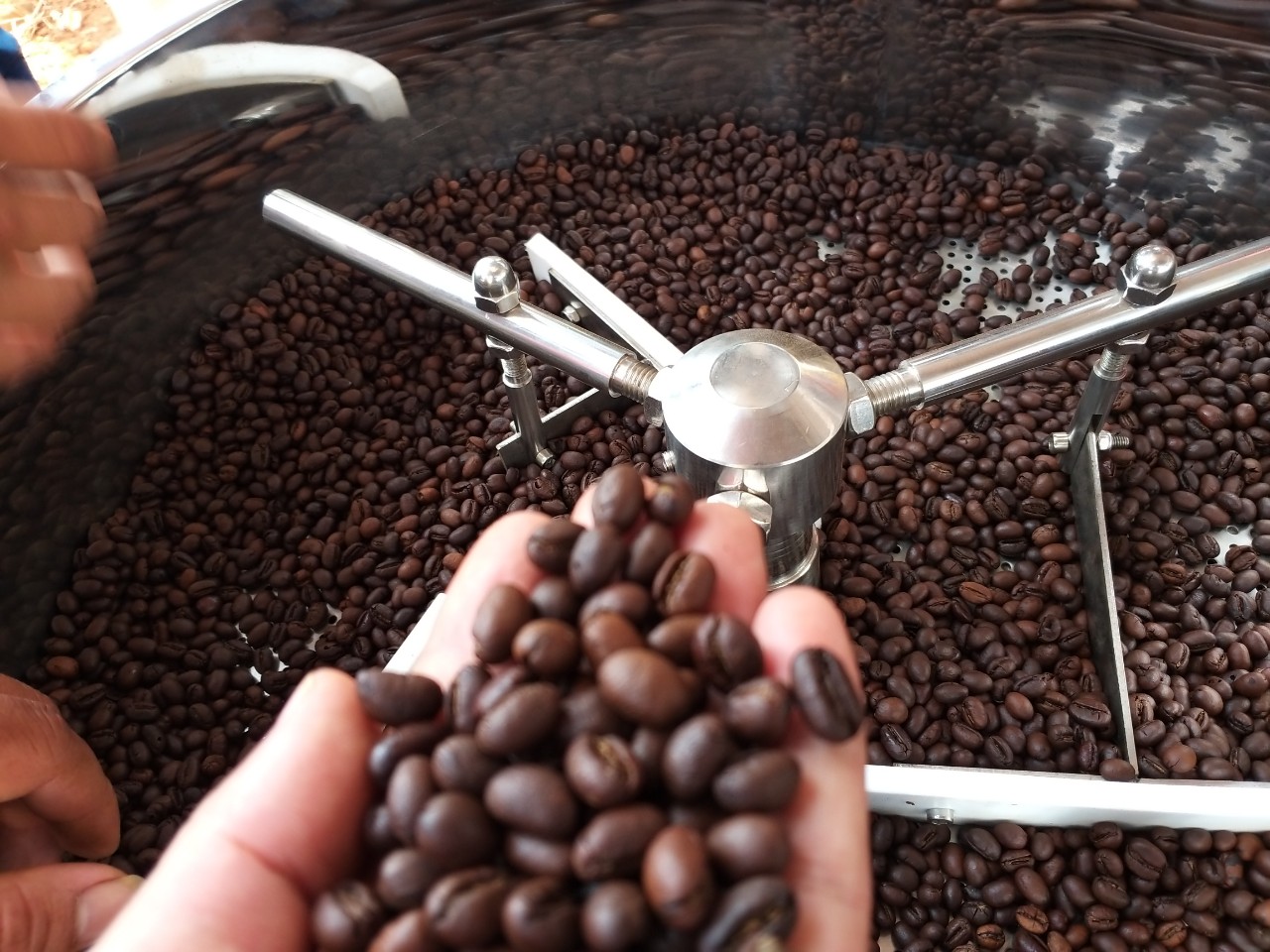
About traditional coffee roasting: The final coffee beans will usually not cook evenly, especially the beans in contact with the outside of the roasting machine. From there, the roasting batch will have over-roasted beans, under-roasted beans, or over-fired beans… However, if you know how to roast, traditional coffee roasting will give a stronger aroma. People who want to roast traditional coffee must be experienced in processing. In particular, they need to know how to recognize when coffee is cooked through color and aroma released during roasting.
About modern machine coffee roasting: With this method, processors seem more convenient when taking advantage of advanced technology. Issues about even cooking and roasting time adjustment are also completely simplified. The coffee product after roasting is also higher quality and looks more professional.
The coffee roasting process includes the following specific stages:
- Roasting temperature at 100 degrees C: Coffee beans begin to heat up gradually, water vapor inside evaporates and the bean shape shrinks slightly due to heat transfer.
- Roasting temperature above 120 degrees C: Hot coffee beans begin to show signs of gradually turning light yellow. They continue to absorb heat, evaporate and change their external shape, shrinking a bit more. At this time, aroma has also appeared, if you listen carefully you will smell grass and dry straw mixed together.
- Roasting temperature at 150 degrees C: The color of coffee beans has gradually turned to dark yellow, the appearance has also changed significantly. The volume of coffee beans increases by up to 20-30%, the surface has more ridges. The aroma has become more intense, giving off a smell like bread or burning wood.
- Roasting temperature reaches 170 degrees C: Coffee beans have a light brown color, the aroma begins to hint at ripe fruit and honey scents. The coffee taste at this stage is quite sour and has a strong pungent smell.
- Roasting temperature touches 190 degrees C: The bean color has a distinct caramel brown color, the aroma smells sweetly of malt. At this time, coffee beans also have a more fragrant and rich taste.
- Roasting coffee at temperatures above 200 degrees C: Coffee beans have started to crack and smoke, releasing more aroma. This stage is evaluated by processors as cooked and ready for packaging.
- When the roasting temperature continues to 225 degrees C: Processors will see coffee beans crack more, the product is also more fragrant and significantly less sour.
Note, you should only stop at this temperature because if you exceed this temperature, the product will no longer have the original coffee taste. Coffee after roasting must be cooled immediately and stored so that the flavor and aroma do not gradually disappear.
Stage 4: Coffee Blending
The coffee blending process is created to bring more diverse and rich coffee products. Blending at different ratios will produce different flavors that cannot be mixed. Processors can freely blend according to a certain standard formula between different types of coffee. However, typically, people often blend Robusta and Arabica coffee at separate ratios.
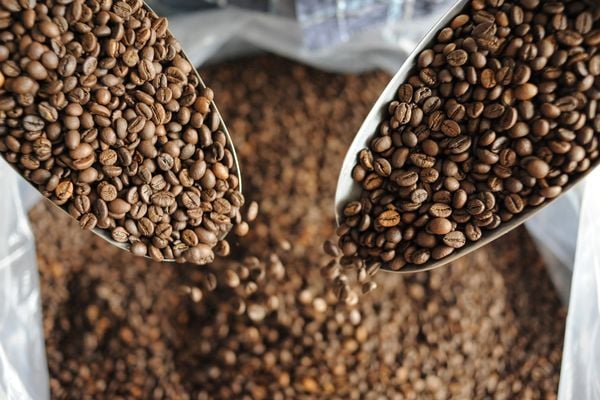
Depending on customer taste or distributor requirements, processors can blend at ratios of 2:8, 3:7, or 5:5. Each ratio can also produce an independent product, even a separate brand. At this point, diners will choose the most suitable type of coffee based on their preferences.
Stage 5: Coffee Grinding
If you want to enjoy coffee, you need to take the freshly roasted coffee beans and grind them into powder. Ground coffee will help you get coffee faster, more conveniently, and is especially effective during packaging. The finer the coffee is ground, the faster the brewing process will be.
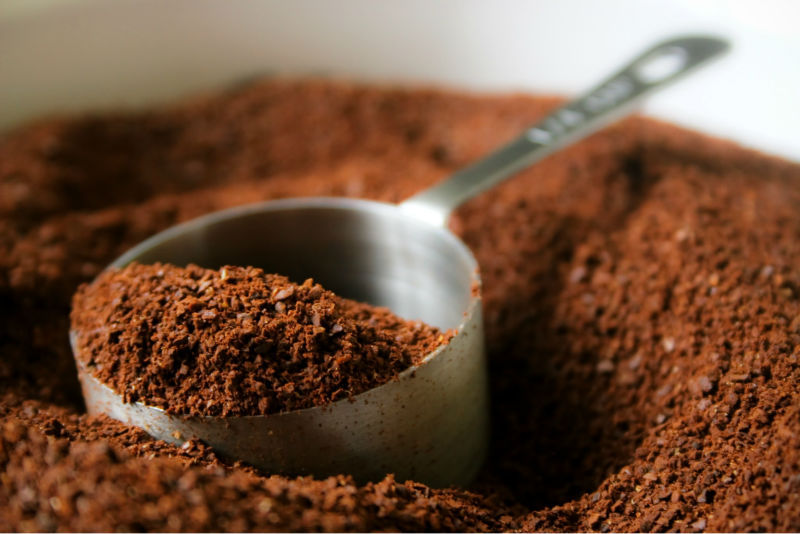
Stage 6: Packaging
The packaging stage was born with the purpose of preserving the richest and most delicious flavor of coffee. This is also a way to limit to the highest extent coffee mixing with strange odors and oxidation. Coffee products after being carefully packaged are also easier to preserve and have longer usage time. Naturally, finely ground coffee will be more convenient during transportation if you package them carefully. Coffee brands also take advantage of this stage to convey their image more vividly and impressively.
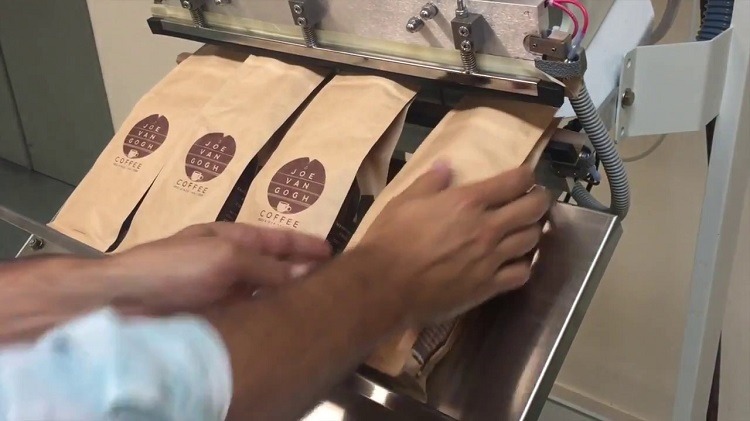
Read more: Top 5 Best Coffee Roasters in Vietnam
At Hello 5 Coffee, we believe that to create a truly delicious cup of coffee, each step in the production process must be cared for like an art. From selecting coffee beans, roasting and grinding according to international standards to modern packaging, everything is strictly controlled to bring stable quality and perfect flavor.
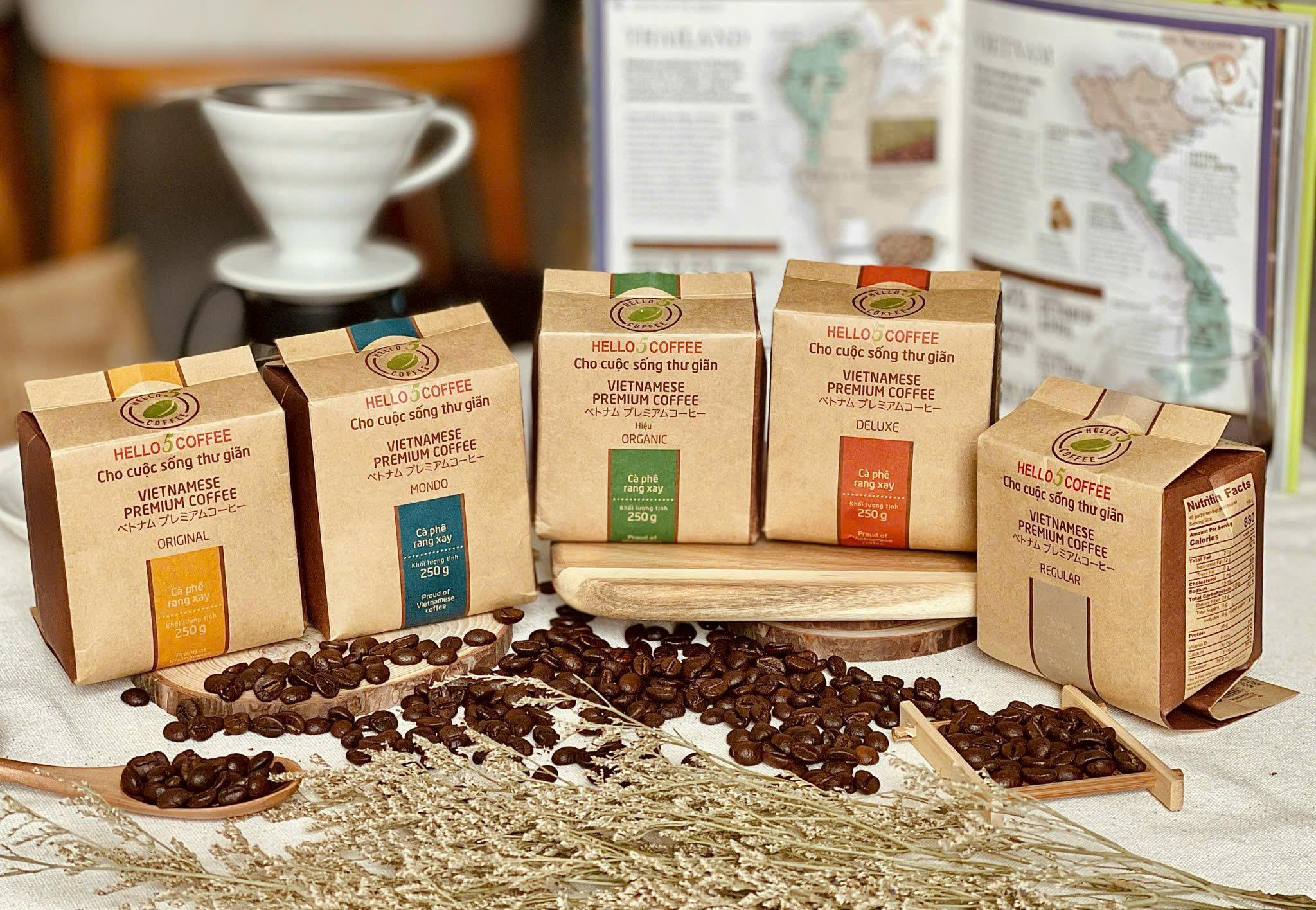
Not only serving domestic customers, Hello 5 Coffee is also a trusted partner in wholesale, coffee export and OEM/private label services. We provide comprehensive solutions from raw materials to private brands, helping businesses easily bring quality Vietnamese coffee products to the international market.
If you are a distributor, F&B business, or looking for a reputable roasted and ground coffee supply source to develop your own brand, Hello 5 Coffee is the ideal partnership choice.
